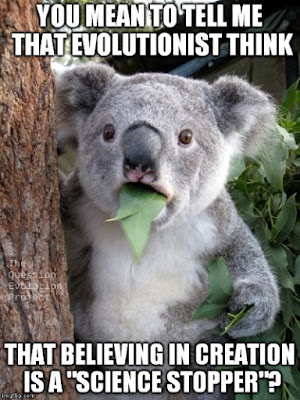Mosquito Flight Defies Evolution

This post was almost scratched because a lot of us detest skeeters, and I did a post a spell back about the design and dangers of the dreadful things . But this one has different details to examine: their flight. Y'all can appreciate the wonders of not only science and technology, but the design work of the Master Engineer, right? Mosquito on elder plant image credit: Pixabay / zsuzstot For a very long time, scientists could not figure out how mosquitoes were able to fly. Like so many other discoveries that affirm creation and refute evolution, advances in science and technology made it possible to commence understanding mosquito flight — they can beat their wings 800 times a second, after all. Many components had to be in place from the beginning or it simply could not fly. At all. Ever. Evolutionists use their special system of Making Things UP™ to "explain" how maybe perhaps it could be they suspect how wings formed. As the fossil record shows, there is no evid


















